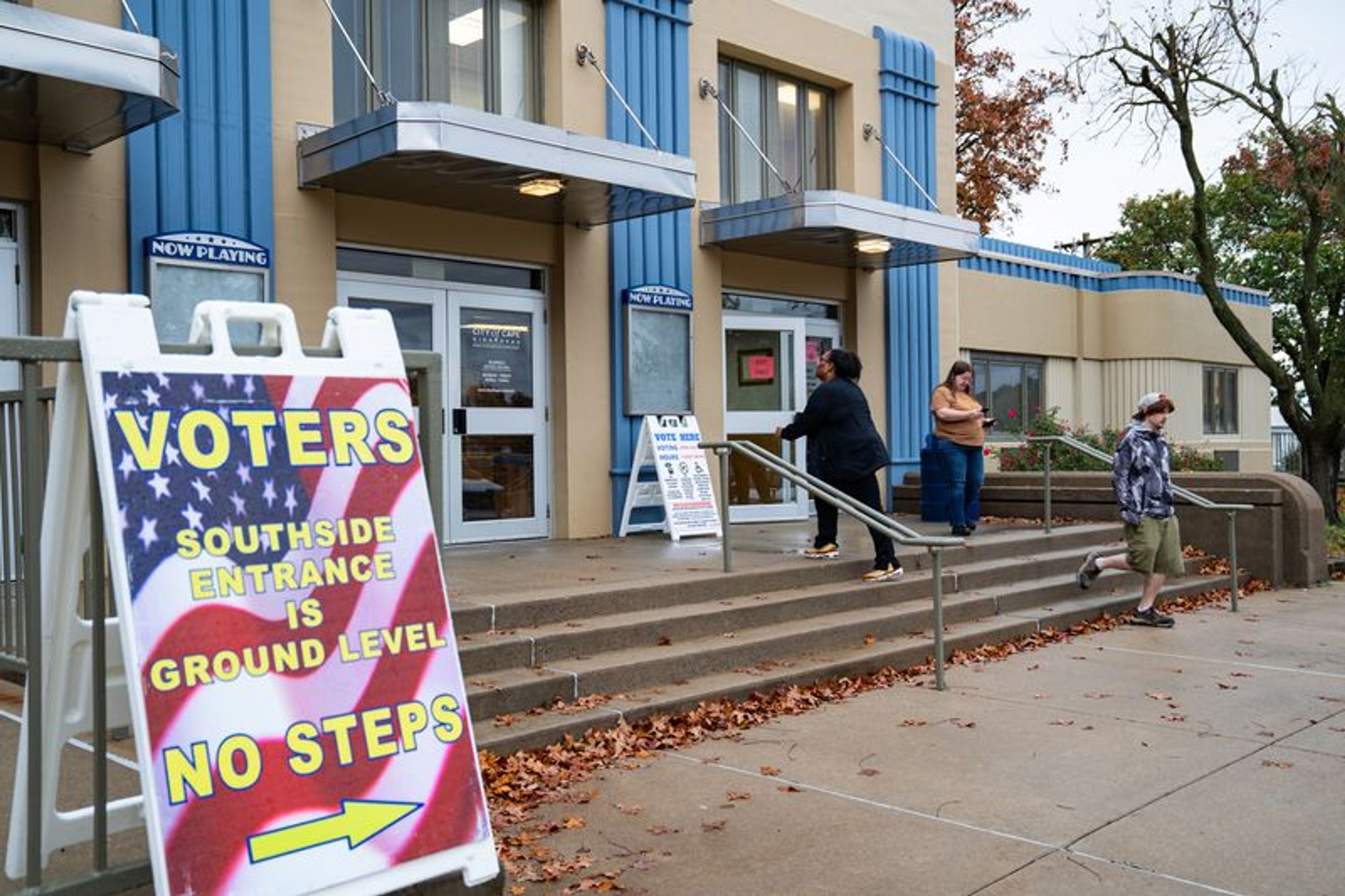Looking to the future of shuttle flights
Many American workers are familiar with the culture of some workplaces where new ideas and innovative thinking are trumped by an attitude that nothing needs to be changed because existing methods and systems have proven to be best. This has been the culture at NASA, according to the final report on the Columbia shuttle disaster, which was issued last week...
Many American workers are familiar with the culture of some workplaces where new ideas and innovative thinking are trumped by an attitude that nothing needs to be changed because existing methods and systems have proven to be best.
This has been the culture at NASA, according to the final report on the Columbia shuttle disaster, which was issued last week.
After the Feb. 1 tragedy that took the lives of all the astronauts on board, it soon became apparent that far too much reliance was placed on what were presumed to be proven checks and assessments that had proven reliable in previous flights. As a result, information that might have made officials aware of the deadly danger created by breakaway foam hitting the tiled wing of the Columbia was ignored.
It's bad enough for NASA that the seven-month inquiry by the Columbia Accident Investigation Board delved deeply into the weaknesses of shuttle operations, but the fact is the future of shuttle flights will depend on to what degree NASA adopts strategies and systems that will turn tragedy into valuable lessons.
To their credit, top administrators at NASA are voicing the need for change and improvement. Sean O'Keefe, NASA administrator, said the agency intends "to comply with the full range of recommendations."
There were a total of 29 specific recommendations in the 248-page report. Part of those deal with the steps NASA will need to take before another shuttle is launched. Part of the report looks at the long-range future of the shuttle program. And part of the report outlines specific procedures based on the experience of the Columbia tragedy.
Included in the lessons from Columbia are the need to use satellites to make in-space observations of shuttles and to have a program in place for repairs while shuttles are orbiting.
In addition, NASA -- and the world -- learned that piece of foam can cause considerable damage during the thrust of take-off, a fact that was given too little consideration before Columbia began its deadly re-entry into the atmosphere. Had more emphasis been placed on missing tiles -- or even the possibility of missing tiles -- the way the shuttle was positioned might have been altered enough to avoid the craft's breakup.
At its core, however, the report reflected the investigation board's concern that NASA neglected many of the lessons it learned after the space shuttle Challenger disintegrated during liftoff in 1986. Again, the experience of most workplaces provides some insight. After 87 successful missions between Challenger and Columbia, it was too easy to ease up on the vigilance that is so vital to space missions.
The tone of this investigative report leaves little doubt that the nation's space program can never allow itself to become complacent as a result of success. The optimum time to make plans to avoid failure is before tragedy strikes, not after.
Connect with the Southeast Missourian Newsroom:
For corrections to this story or other insights for the editor, click here. To submit a letter to the editor, click here. To learn about the Southeast Missourian’s AI Policy, click here.








